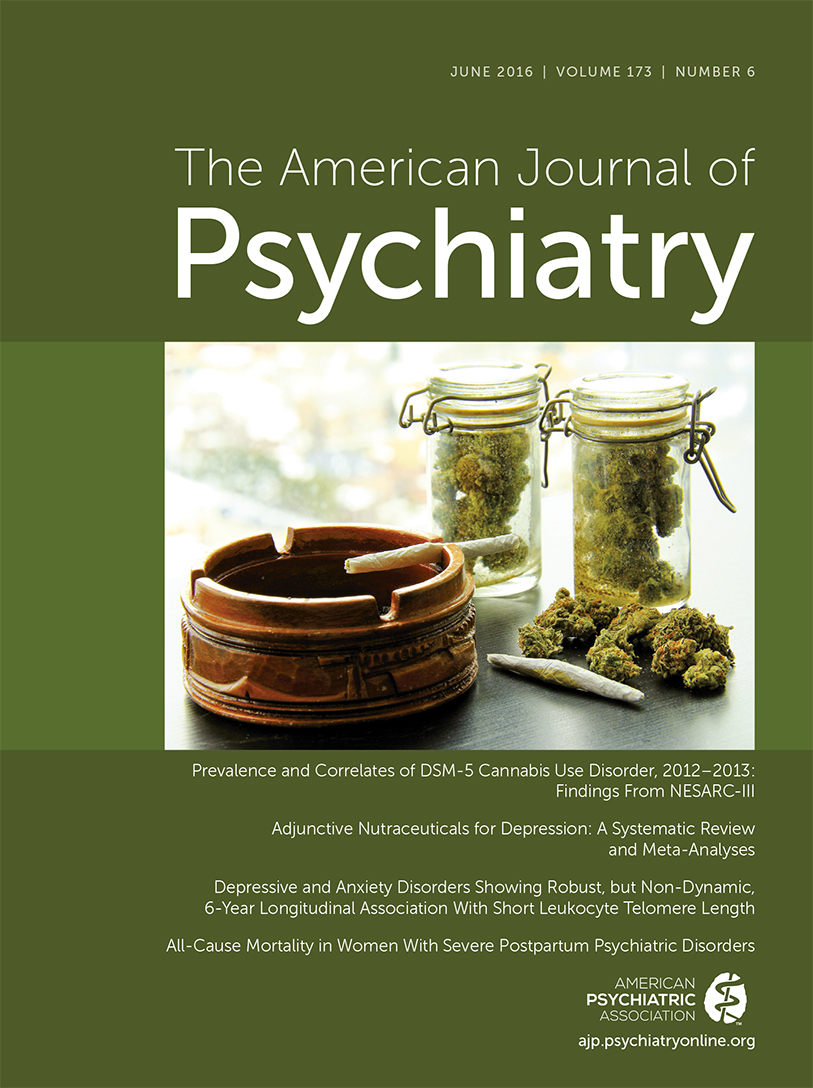Mortality and Cumulative Exposure to Antipsychotics, Antidepressants, and Benzodiazepines in Patients With Schizophrenia: An Observational Follow-Up Study
Abstract
Objective:
Although mortality related to psychotropic medications has received much attention in recent years, little is known about the relationship between risk of death and cumulative antipsychotic load, and even less about the relationship between mortality and cumulative exposure to antidepressants or benzodiazepines. The authors examined these relationships using nationwide databases.
Method:
The authors used prospectively collected nationwide databases to identify all individuals 16–65 years of age with a schizophrenia diagnosis (N=21,492) in Sweden. All-cause and cause-specific mortality rates were calculated as a function of cumulative low, moderate, and high exposure to antipsychotics, antidepressants, and benzodiazepines from 2006 through 2010.
Results:
Compared with no exposure, both moderate (adjusted hazard ratio=0.59, 95% CI=0.49–0.70) and high (adjusted hazard ratio=0.75, 95% CI=0.63–0.89) antipsychotic exposures were associated with substantially lower overall mortality. Moderate antidepressant exposure was associated with a lower mortality (adjusted hazard ratio=0.85, 95% CI=0.73–0.98), and high exposure, even lower (adjusted hazard ratio=0.71, 95% CI=0.59–0.86). Exposure to benzodiazepines showed a dose-response relationship with mortality (hazard ratios up to 1.74 [95% CI=1.50–2.03]).
Conclusions:
Moderate and high-dose antipsychotic and antidepressant use were associated with 15%–40% lower overall mortality, whereas chronic high-dose use of benzodiazepines was associated with up to a 70% higher risk of death compared with no exposure. Since patients with anxiety and depressive symptoms may have a higher intrinsic risk of death, the finding for benzodiazepines may be attributable to some extent to residual confounding.



